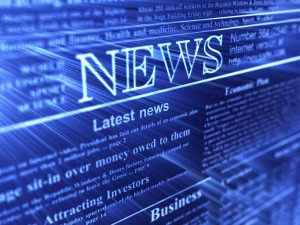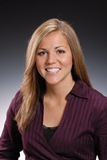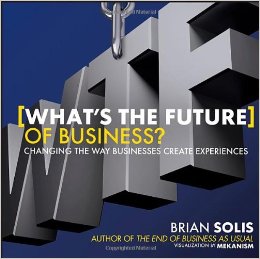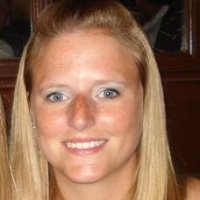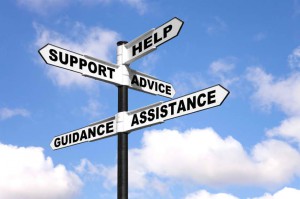 We have always been told that mentoring is important. As new professionals, it is critical that we find “that” person just as our careers are embarking. I was lucky enough to have mentors fit into my life as a student — admittedly, without much effort on my part. Yet, no one really sat me down to explain the true benefits derived from being a mentee.
We have always been told that mentoring is important. As new professionals, it is critical that we find “that” person just as our careers are embarking. I was lucky enough to have mentors fit into my life as a student — admittedly, without much effort on my part. Yet, no one really sat me down to explain the true benefits derived from being a mentee.
While there is no formula to “get” a mentor, here are some reasons why you should consider having one:
It’s someone to ask those questions.
“How do you write a cover letter?” “Should I format my resume this way?” “What do I need to do to advance in the agency?”
A mentor is there so you can ask questions. At your job, you may not want to ask your supervisor something, and it may be easier to broach the subject with your mentor. From the student perspective, your mentor has certainly been through the ringer applying for internships and can serve as a resource once you receive that first email about a phone interview.
A mentor of mine, who at the time was an upperclassman at college, was always happy to help answer my questions. Looking back, I know I would not have been as successful applying for internships, and later jobs, if it were not for her help.
Mentors usually have similar interests.
But it’s not the end of the world if they don’t. In fact, it works to your advantage to get an additional perspective outside your normal course of work. If you work in healthcare PR, find a mentor who works in food, politics, etc.
On the other hand, a mentor who works in a similar job (or even above you in your company or agency) is also going to be a big help. They will tell you how to advance because they have already made it through.
It goes both ways.
As great as having a mentor is for the mentee, the advice you can give your mentor may even be more rewarding. That’s why many large corporations and agencies have instituted reverse mentoring programs. Keep in mind that this is across all business functions, not just communications. It illustrates how companies can be on the cutting edge by empowering new professionals and newly minted graduates to share their native skills (e.g., social, apps, data, etc.) with older (er, more seasoned) colleagues.
Don’t know how to get started? Begin with the PRSA College of Fellows Mentoring Program here. You can get paired up with elite PR professionals. For more information on the program, check out this page.
 Mike DeFilippis is an Assistant Project Manager at Direct Impact, a wholly owned subsidiary of Burson-Marsteller and a member of the WPP family that specializes in grassroots mobilization and outreach. He is fiercely passionate about public affairs, politics, government, public relations and technology. You can find him with a cup of coffee (or espresso) in hand while listening to country music.
Mike DeFilippis is an Assistant Project Manager at Direct Impact, a wholly owned subsidiary of Burson-Marsteller and a member of the WPP family that specializes in grassroots mobilization and outreach. He is fiercely passionate about public affairs, politics, government, public relations and technology. You can find him with a cup of coffee (or espresso) in hand while listening to country music.

